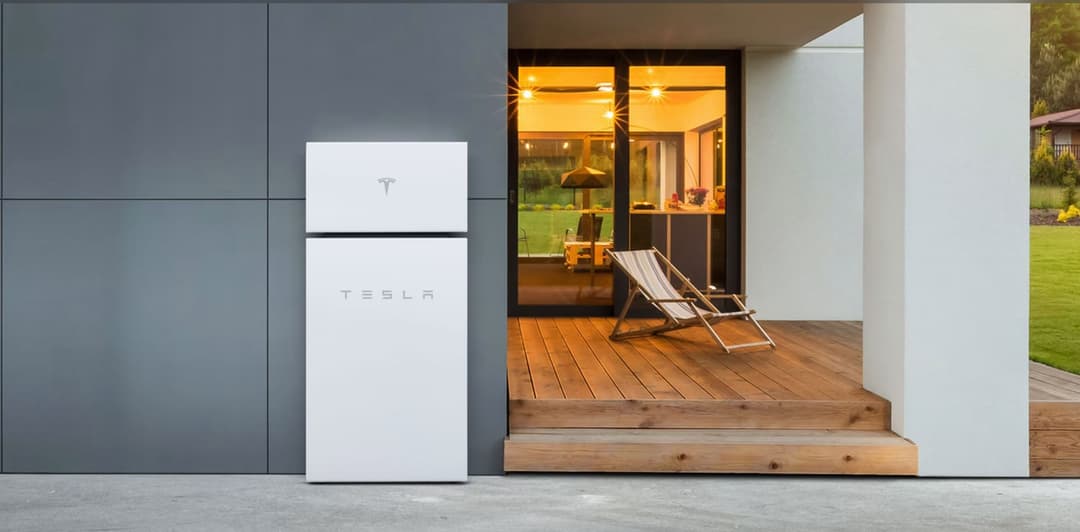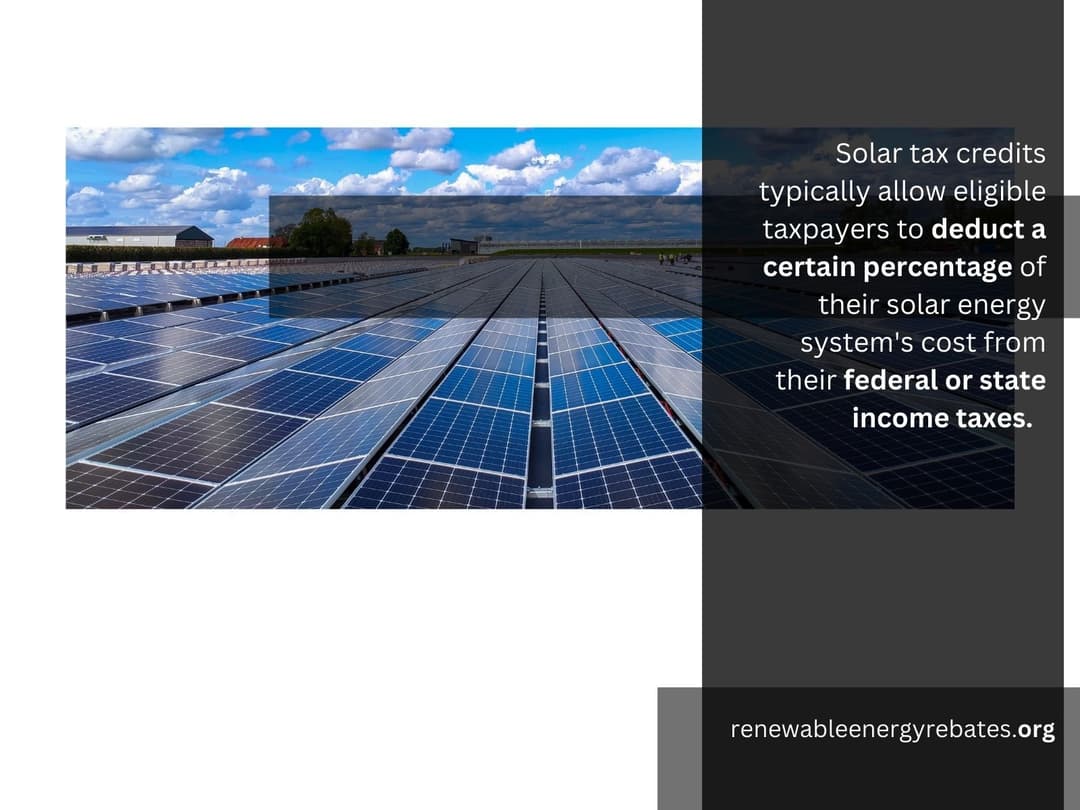Tesla Solar Battery
Powerwall and Powerwall+: Advancing Sustainable Energy Solutions
Key Details
- Tesla Powerwall is an integrated solar battery system for storing energy generated from solar panels.
- As of 2023, over 200,000 units have been installed in homes and companies.
- The components of a Powerwall design include the Powerwall, Powerwall+, Tesla Solar Inverter and Backway Gateway, in addition to other electrical hardware.
- The Powerwall can back up an entire home using appliances ranging from small (e.g lights/plugs) to large (e.g pool pumps/air conditioners).
What is The Tesla Powerwall?
The Tesla Powerwall is an integrated solar battery system that enables homes to store energy. Part of Tesla's energy storage solutions, it is specifically developed to store excess electricity generated by solar panels or from the grid during low-demand periods. The stored energy can then be used during high-demand periods, power outages, or at night when solar panels are not producing electricity.

Introduced in 2015, the Tesla Powerwall is used by thousands of homes. In fact, as of 2023, about 200,000 units of the Powerwall and Powerwall+ had been installed globally, with a large share of these units being installed in the US.
Note: The Powerwall is compact, wall-mounted, and can be installed both indoors and outdoors.
How does the Tesla Powerwall work?
The Tesla Powerwall works with a four step process. The Powerwall system consists of a lithium-ion battery pack, a built-in inverter, and advanced software to manage and control the energy flow. It's also connected to the solar panels or a solar roof.
Step 1. Storage
When Tesla solar panels generate excess energy, the Powerwall stores the excess electricity in its lithium-ion battery pack.
Step 2. Conversion.
A built-in inverter then converts the direct current (DC) electricity stored in the battery into alternating current (AC) electricity, which is the standard form of electricity used in homes and businesses.
Step 3. Energy Consumption
When there is a demand for electricity in the building, the Powerwall discharges the stored energy to meet that demand. It provides power during peak demand periods, when electricity rates may be higher, or during power outages when the grid is not available.
Step 4. Smart Energy Control
The Powerwall is equipped with advanced software that optimizes energy usage and manages the flow of electricity. It can be programmed to prioritize certain
When you use the Powerwall, you can also download the Tesla App, which allows you to do the following:
- Monitor your solar energy on the go.
- Set your energy usage preferences to allow for either energy independence, power outage protection, or savings.
- Receive notifications and control your solar system from anywhere you are.
What are the Components of a Powerwall Design?
There are a number of elements that make up the Powerwall system. These elements include:
Powerwall: The Powerwall is a rechargeable home battery that helps to save energy. The energy the Powerwall saves is the one generated from the solar panels.
Powerwall+: the Powerwall+ is also a rechargeable home battery The only difference is that it has a Tesla home inverter and a system controller.
Tesla Solar Inverter: The Tesla Solar Inverter helps convert energy from the solar panels into electricity to be used by the home.
Backway Gateway: This is the seat or the engine of the system operation. It basically controls the system's operation. The Backway Gateway knows when there are grid outages, and it disconnects the Powerwall from the grid to enable backup power from the battery. It can also function as a site meter.
Additional Electrical Hardware: in addition to the Powerwall, extra electrical panels, conduits, meters, disconnects, etcetera can also be installed in the homes depending on the specific needs of each property.
Backup Switch: this is another important part of the Powerwall. Its function is to detect when there is a power outage and immediately disconnect the Powerwall system from the grid and switch to backup mode.
Can the Tesla Powerwall Backup a Home?
Properly configured, the Tesla Powerwall can be use to back up homes. The backup system can support appliances ranging from large appliances to small appliances.
For example, small appliances like lights and plugs that have about 120V get supported. Even large appliances like pool pumps, air conditioners, etcetera, that have about 240V are not left out of the backup system.
However the length of time the stored-up power can serve a home depends on multiple factors such as the ratio of Powerwalls (stored energy) to the appliance in a home (energy consumption rate).
What is the difference between Tesla Powerwall and Powerwall+?
While the Tesla Powerwall is an integrated solar battery system that helps store the energy generated by your home's solar panels, the Powerwall+ combines the regular Tesla Powerwall and a Tesla inverter.
The two entities are essentially married together to form Powerwall+. It is a more simplified approach that ensures that the battery is integrated much better and that the Powerwall can function with any other solar panel apart from Tesla’s.
One of the major differences between the Powerwall and the Powerwall+ is the storage. During power outages, although one Tesla Powerwall may be enough to keep necessities like lights and outlets in your home running, additional batteries will most likely be needed to save more solar energy and power larger appliances.
However, the Powerwall+ can store more solar energy without needing extra batteries, unlike the Powerwall. The Powerwall+ has a higher power rating of 5.8 kWh and 7.6 kWh peak power.
Another major difference is the capacity of the inverter. While the Powerwall+ has an inbuilt inverter, the Powerwall has no inbuilt inverter. This means that customers who intend to use the Powerwall will have to buy a separate inverter to add to their solar energy system.
How many kWh is Tesla Powerwall+?
The Powerwall+ has a continuous power of about 5.8 kWh with no sun and 7.6 kWh in an environment with great solar exposure. Its peak power is 10 kWh with no sun and 7.6 kWh in an area with great solar exposure.
How many kWh is the Tesla Powerwall?
The Tesla Powerwall has a capacity of 13.5 kWh compared to other batteries with less than 10 kWh. Its continuous power is 5.8 kWh, and its peak power is 10 kWh. Averagely, a household needs at least 32kWh per day. So, one Powerwall might not meet up to your energy needs. You may need to buy two or more Powerwall.
Are Tesla Batteries Good for Solar?
Most experts consider Tesla batteries to be a good solution for homes. Some of the few benefits of using these batteries are:
Energy Independence: Using the Tesla batteries for solar helps relieve you from the chokehold of the grid. You consume energy without necessarily worrying about accumulating too many bills. You do not have to bother about energy suppliers that raise and lower rates at will.
Saving Costs: it has been proven that the Tesla Powerwall battery system helps to cut down or save power bills. Although the saving does not happen instantly, with time, the saving happens. It happens even to the extent of the system paying for itself.
- Energy Security: having solar batteries reduces dependence on the grid, especially if you live in a community where power outages are frequent. You will be at peace since there will always be power even when the grid is down.
Zero Noise Pollution: using Tesla batteries for solar energy in your home will not lead to any form of unwanted or unwarranted noise. Unlike generators that will most likely generate so much noise that will disturb you and your neighbors, Tesla batteries are much quieter.
Clean Energy: sustainability is very important to preserve our world. Our activities should revolve around looking for ways to generate clean energy to reduce the damage done to the environment. Using Tesla batteries for solar automatically means that you do not use fossil fuel to generate power. That way, you are reducing your carbon footprint and protecting the future of our environment.
What is the Lifespan of a Tesla Powerwall?
On average, the Tesla Powerwall is expected to last for at least 10 years. However, the usage and maintenance of your Powerwall widely determine its longevity.
Some usage habits like avoiding extreme temperatures, charging when necessary and routine maintenance all contribute to the lifespan of the Tesla Powerwall.
Tesla Solar Battery Installation
A standard Tesla solar battery installation includes at least one Powerwall battery, a Backup Gateway, and standard electrical hardware like circuit breaker panels, junction boxes, etc. If you place a reservation for your battery from tesla.com, Tesla will help you manage the delivery and installation of your Powerwall.
Otherwise, you can get a certified electrician to help you with that. A typical installation of a Tesla solar battery takes one day. However, this depends on the complexity of the electrical work involved in the installation. Other things to note about a Tesla Solar battery installation will be discussed below.
Tesla Powerwall
Frequently Asked Questions
How Much Space Does the Powerwall Need?
The Powerwall will need a wall space of approximately 0.13m2. Tesla recommends houses have nothing less than 0.76m2 to accommodate the Tesla Powerwall and Gateway.
Also, there should be at least 600m of space between the Tesla Powerwall and any window or door nearby.
How do I Monitor my Tesla Battery After Installation?
To monitor your Tesla battery, follow these steps:
- Download and install the Tesla App.
- Login to the Tesla App with the email you used to order your Powerwall.
- Sign in to your account.
- Change the settings to enable you to receive notifications in times when there are power outages.
- Notifications start to drop when the Powerwall starts functioning.
You should note that monitoring your Tesla battery after its installation is a good maintenance practice that’s sure to increase its lifespan.
Is One Tesla Powerwall Enough?
One Tesla Powerwall may not be enough to meet up to the full energy needs of a home. Generally, most homes require two to three Powerwall at most for enough backup power.
Tesla recommends the number of Powerwall that will be sufficient to provide enough backup power for your home. However, this recommendation only comes if the solar system is purchased through Tesla.
